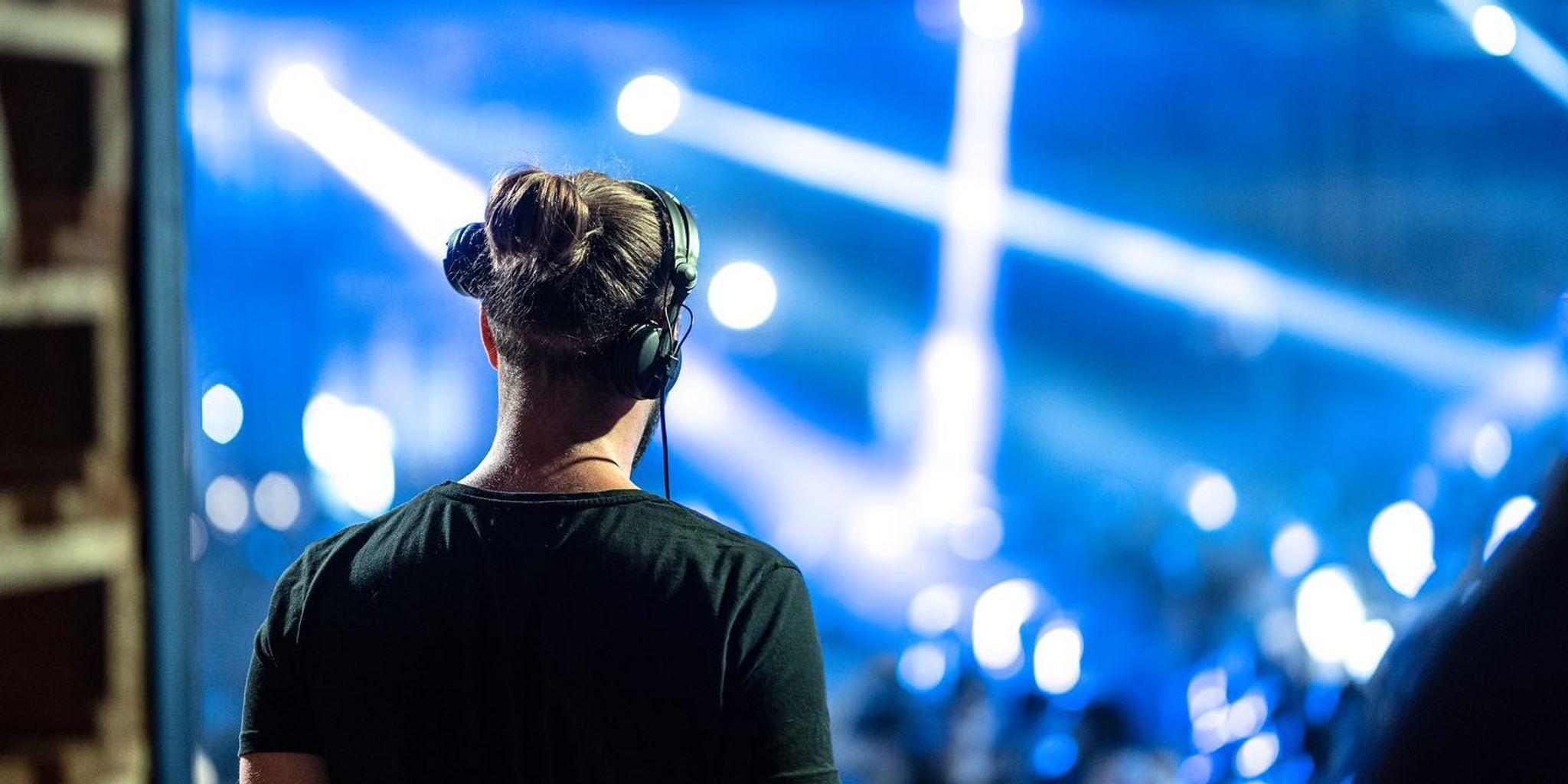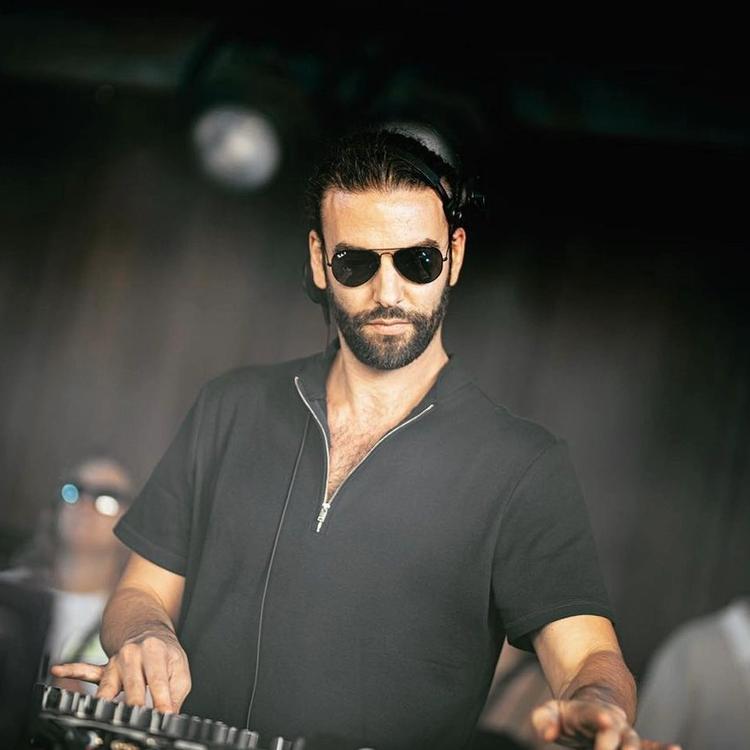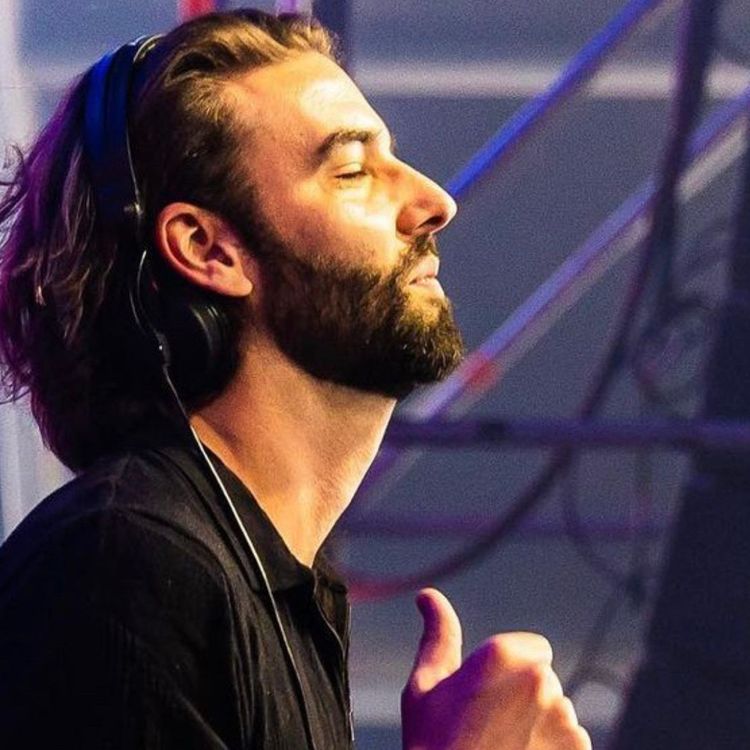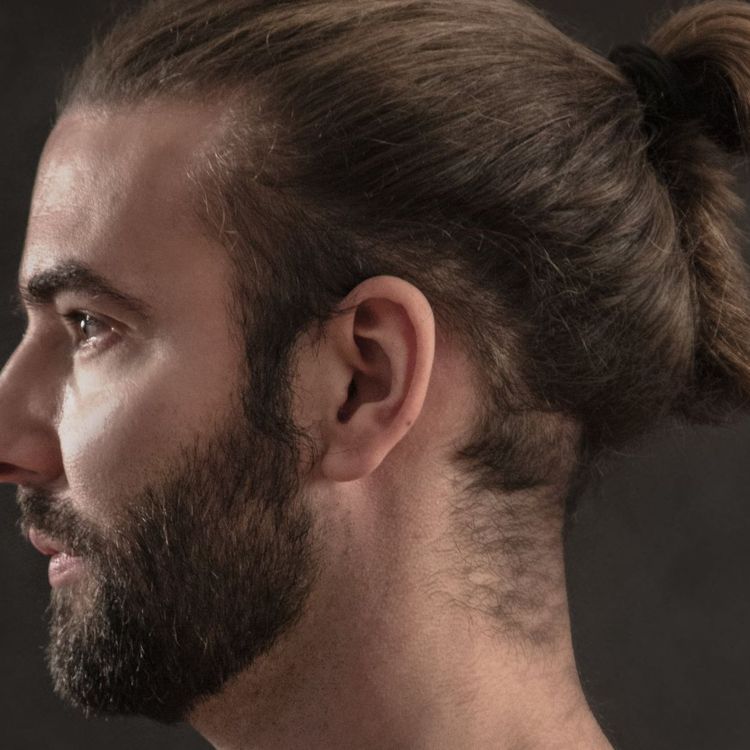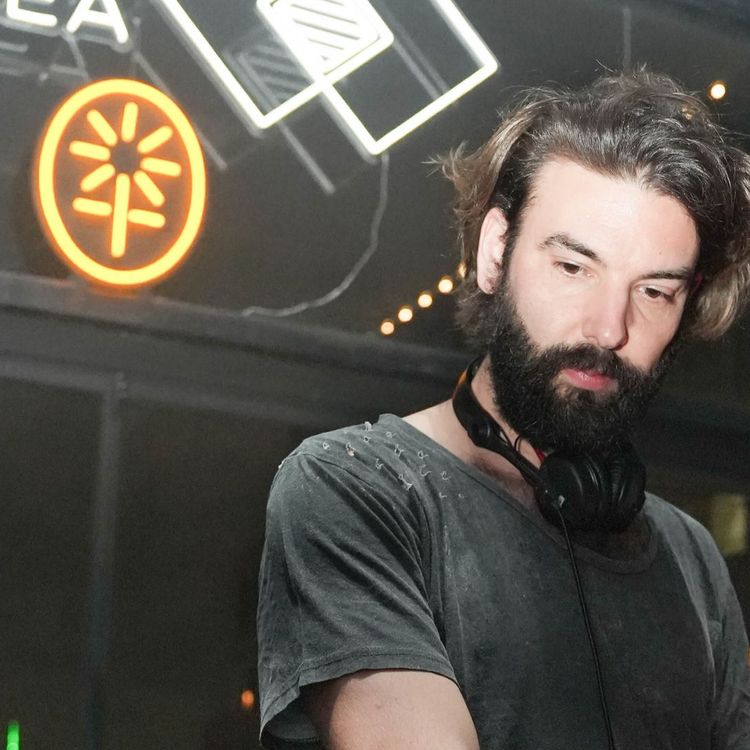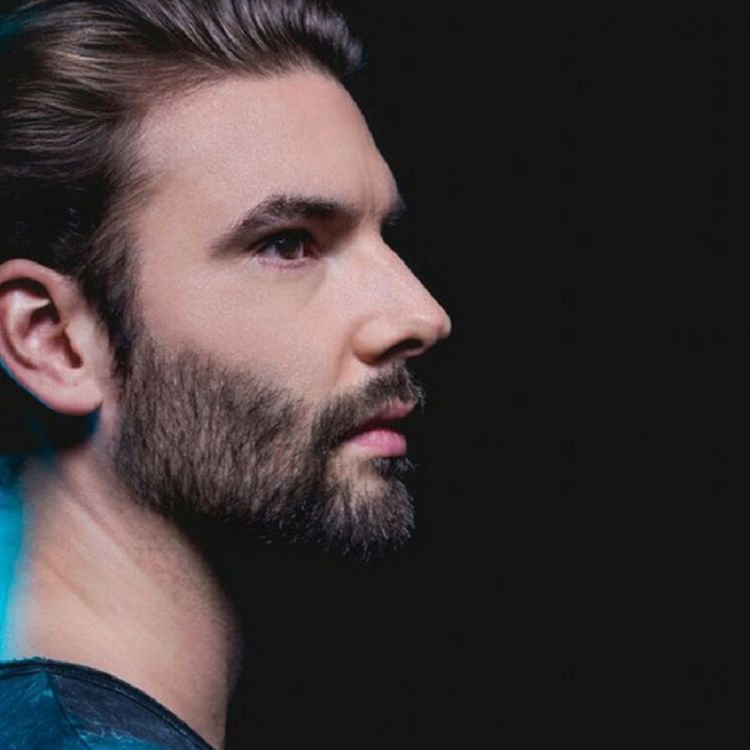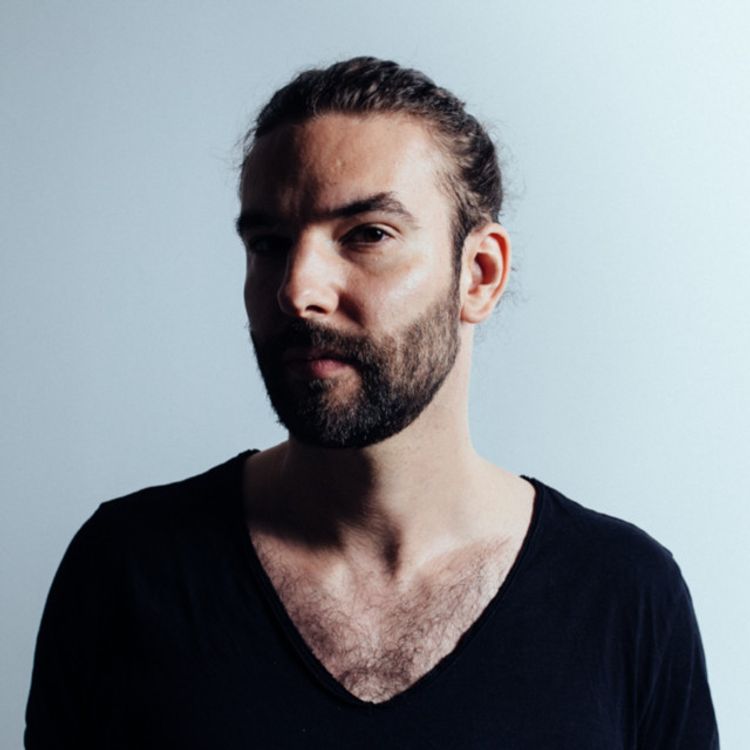Eelke Kleijn Started Out as Part of a Trance Duo
Veteran producer and DJ Eelke Kleijn has made a name for himself over the years as a true master of all things melodic. Despite being known for his soaring, emotive productions, Eelke Kleijn took years to truly find an identity as a producer. When he got his start as a teenager, he did what most young people do and followed what was popular at the time. This meant he pursued trance music, the dominant genre of the moment.
“When I was 18, I had decided I was going to start producing music,” Eelke Kleijn said during his Gray Area Spotlight interview. “Back then, trance was the biggest sound. I was definitely inspired by that. I got in touch with a friend [who produced] and we started making music together.”
Eelke formed the latter half of the duo M.I.D.O.R. and Six4Eight alongside Rutger van Bostelen. Although he had very little experience with music production, it was clear almost immediately that he had something special. Despite him and his partner having virtually no management, strategy, or plan, they found instant success by simply putting out high-quality music on a consistent basis.
“For people who had never released a record, we started making music and it took off pretty quickly,” he said. “It got into Armin [van Buuren] and Tiësto playlists quickly. From being a duo who never released, we went to putting out 10-12 records a year.”
Fast success might push most artists to stay in their lane, but Eelke Kleijn knew early on that both the trance genre and the approach to producing it was not for him. After a few years, he felt the need to put a stop to the project. The music became stale to him and he wanted to focus more on downtempo and progressive house. His trance roots stayed with him, though, and ultimately it took Eelke Kleijn many years to truly discover the direction he wanted to take with his sound.
“I was still trying to find what sound I really wanted to give to people,” he said. “A lot of records in that period were going in different directions. Some of them had trance roots, some were inspired by Cocoon and Sven Väth. I was finding a whole different part of the dancefloor that I wasn't familiar with at the time. From the outside, it might have looked like there was a solid plan behind it, but I was really still trying to discover myself. I was making music and then trying to find a label where the track would fit. I felt like I could never bundle my sounds into one label.”
